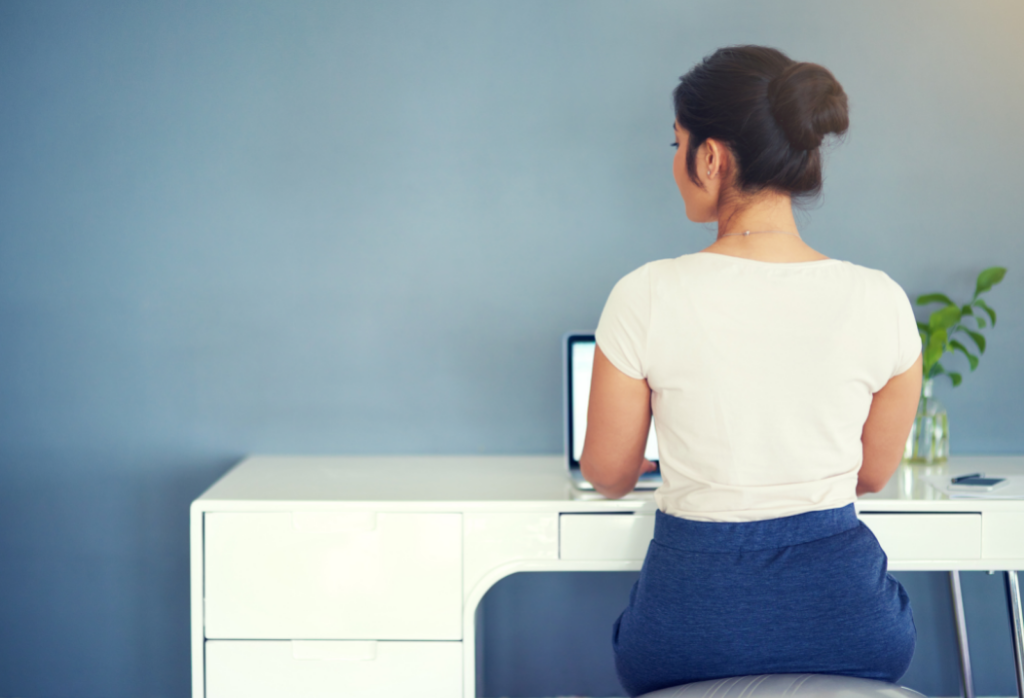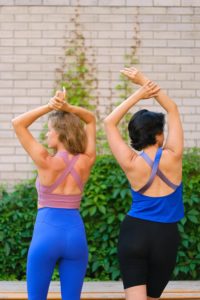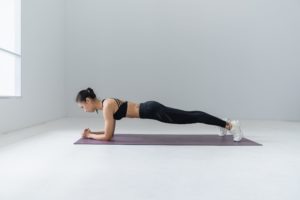
5 Posture Tips That Can Help You Feel Better
Are you looking to reduce everyday aches and pains? For many people, achy backs and joints come from improper posture. Good posture can reduce pain, diminish the strain unnatural positions put on ligaments and joints, and keep your muscles in excellent shape. No matter your age, posture tips can help you feel better – here are five you can start following today!
Become Aware Of Your Body!
 One of the best tips is to check with your body! Awareness is essential to good posture because, as people get busy working at computers or sitting on the couch in a hunched position, they compress their muscles and joints, forming bad posture habits.
One of the best tips is to check with your body! Awareness is essential to good posture because, as people get busy working at computers or sitting on the couch in a hunched position, they compress their muscles and joints, forming bad posture habits.
As you become more aware of your posture habits, the act of correcting them may feel awkward at first. You’ve most likely conditioned your body to stand and sit in a particular way, and the muscles have stagnated to prefer certain positions. Luckily, with a bit of practice, proper posture will become second nature to you, and you’ll feel the benefits!
If you find yourself reverting to your old habits, keep reminders handy around your work station.
Take The Proper Seated Position
While it’s second nature to cross your feet, legs, and ankles while sitting, you should do your best to avoid it! Proper posture while sitting starts with sitting with your back straight and your shoulders relaxed but not hunched. Keep your feet flat on the floor or resting on a footrest, choosing a chair that allows you to maintain this proper height throughout the day. Your knees should be at the same level or slightly lower than your hips, and there should be a small space between the back of your knees and the seat.
Stand Up Straight, Too
It’s easy to find yourself slouching when standing. When waiting around, focus on keeping your weight on the balls of your feet, shoulder-width apart, with your knees slightly bent. Your arms should hang naturally at your sides, too. It takes a lot of strength to stand up straight and not stick out your hips, butt, or knees – but there are exercises you can do to strengthen muscles and make it easier to take the proper posture while standing!
Exercise To Strengthen Back Muscles
Certain exercises can strengthen and engage your gluteal and abdominal muscles, letting your body rely on them and hold a proper posture. The following activities can reduce lower back pain from slouched sitting or standing; they are simple and don’t require any special equipment, either!
 Bridge: Lie on your back with your hands at your sides, knees bent, with your feet flat on the floor under your knees. Raise your hips to create a straight line from your knees to shoulders. Tighten your abdominal and gluteal muscles by pushing your lower back into the ground before you push up. Squeeze your core, pull your belly button back toward your spine, and hold this position for 20 – 30 seconds. This exercise strengthens the lower back, hamstring, and gluteus muscles.
Bridge: Lie on your back with your hands at your sides, knees bent, with your feet flat on the floor under your knees. Raise your hips to create a straight line from your knees to shoulders. Tighten your abdominal and gluteal muscles by pushing your lower back into the ground before you push up. Squeeze your core, pull your belly button back toward your spine, and hold this position for 20 – 30 seconds. This exercise strengthens the lower back, hamstring, and gluteus muscles.- Back Extension: Lie on your stomach on a yoga mat with your legs straight behind you. Place your elbows on the ground and slide your shoulders down. With your hips pressed into the mat, lift your upper back, keeping your head and neck neutral. Hold this position for 30 seconds, then lower to the first position. Do three sets to engage your lower back and hip muscles.
- Plank: Start the plank exercise by getting into a face-down position – forearms and toes on the floor. Your elbows should be under the shoulders and your forearms should face forward. Look down at the floor, relax your head, and engage your abdominal muscles. Draw your belly button into your spine, keep your torso straight, and make your body as straight a line as possible from ears to toes. Make sure that your shoulders are down (not pulled up toward your ears) and your heels are over the balls of your feet. Hold this position for ten seconds, then release your body to the floor. Do this ten times.
Reduce Your Device Time
We’re tethered to our devices – and our bodies are paying the price. “Text neck” is a real phenomenon, and it’s affecting the postures of old and young alike. As we become more dependent on our phones, tablets, or laptops, hunching shoulders and leaning the head over the device can create or exacerbate posture problems. Try and create boundaries for your devices; like posture correction, it’s going to feel awkward at first, but your body will thank you. You might feel some mental benefits, too!
